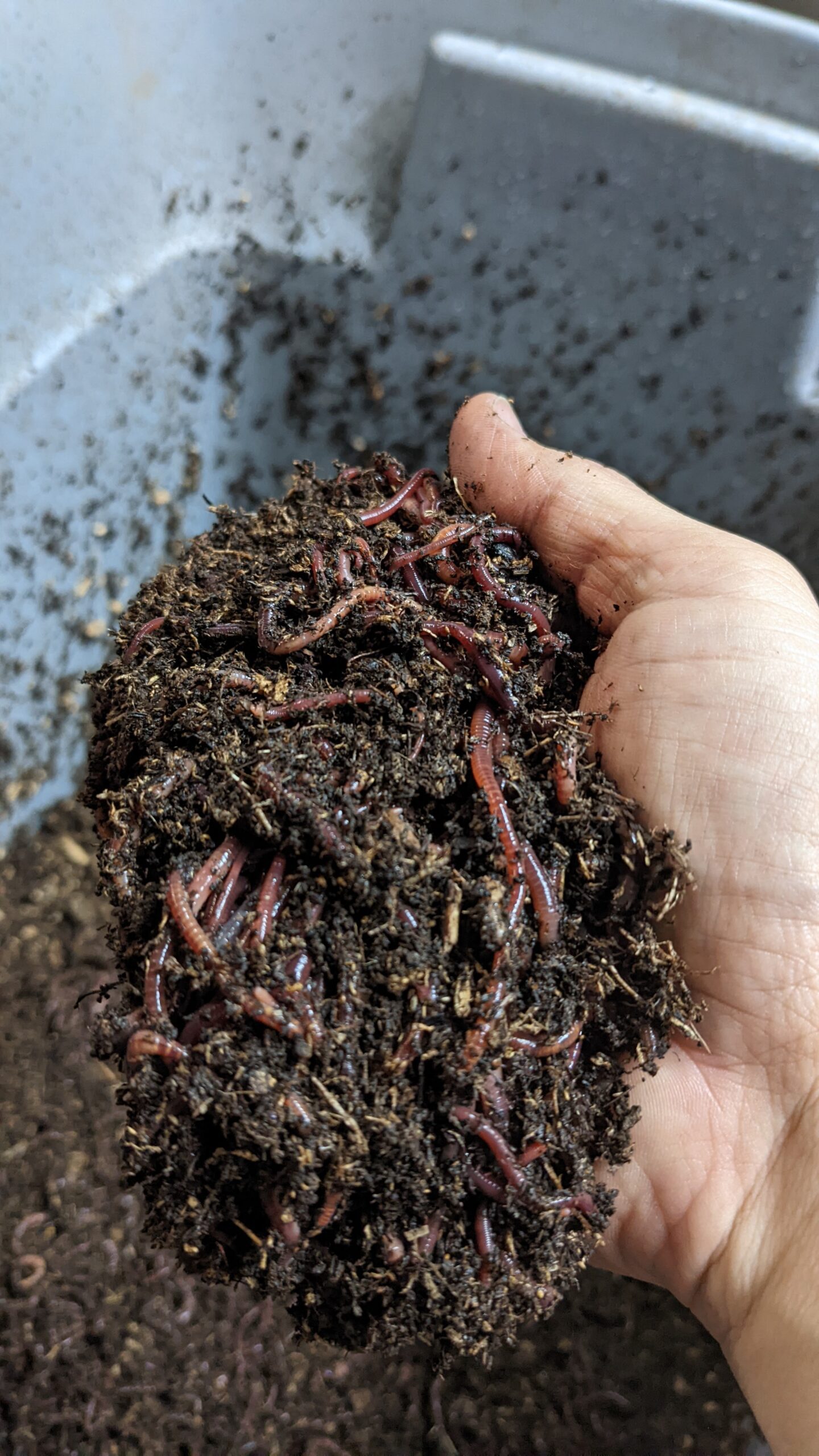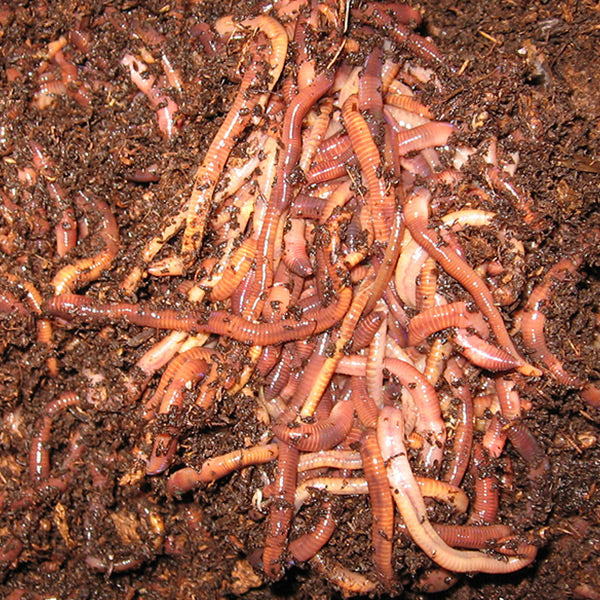Red Wiggler Express Fundamentals Explained
Table of ContentsOur Red Wiggler Express StatementsSome Known Questions About Red Wiggler Express.All about Red Wiggler ExpressNot known Incorrect Statements About Red Wiggler Express
Vermicomposting absolutely isn't a brand-new practice. We've been doing it right here at Uncle Jim's for years. Yet with the international promote sustainability and with environment-friendly methods expanding in appeal, people are lastly coming around and acknowledging the ecological advantages of red wiggler worms and composting. In this article, we'll discuss how vermicomposting sustains lasting gardening and the ecological benefits of red wigglers and other earthworms.
This is the short of it. If you desire to read thorough concerning red wiggles, we have a whole post committed to them below. Currently, let's get right into the nitty-gritty of how these worms sustain lasting horticulture practices and benefit the environment: Worm composting is like a health spa day for your dirt.
When integrated right into your yard dirt, these spreadings boost its structure, aeration, and water retention. This aids with plant development and health and wellness and does not need making use of any type of chemicals. Did you know that organic waste composes a substantial part of land fill product? And decaying natural waste in garbage dumps produces large quantities of garbage dump gas (LFG), which is consisted of around 50% CO2 and 50% methane a greenhouse gas around 28 even more powerful than CO2.
By diverting your cooking area scraps and yard waste right into a worm composting bin, you're properly minimizing the amount of natural waste that ends up in landfills. It's a win-win scenario for your garden and the earth. Forget regarding chemical fertilizers worm castings are the actual deal. They're chock-full of important nutrients like nitrogen, phosphorus, and potassium.
Fascination About Red Wiggler Express

Keep the container in an amazing, dubious area to prevent overheating. Mix the nutrient-rich worm spreadings into your yard soil or utilize them as a top dressing for potted plants. You'll notice healthier, happier plants in a snap! It really is as basic as that. In a globe where sustainability is becoming progressively critical, red wigglers shine as unsung heroes of horticulture.
Composting may appear like old news, however doing it with a bin full of worms probably doesn't. Red wiggler worms offer wonderful benefits to the natural garden enthusiast, creating both an all-natural fertilizer and an efficient pesticide.
Worm spreadings might be purchased at shops such as SBS in Winery Sanctuary or Winery Gardens in West Tisbury, yet to raise the worms in a compost bed and harvest your very own castings is far more enjoyable. The work of these worms is a component of sustainable living. Red wigglers are indigenous to equine manure, where they burrow to lay eggs.
The smart Trick of Red Wiggler Express That Nobody is Discussing
(https://asklink.org/Red-Wiggler-Express_358197.html)He covers the bin with straw, then an item of old carpet. Lynn discusses the manufacturing of spreadings and two uses: as a plant food and as a chemical. It passes through them and includes calcium to make this abundant earth," she claims.
"I did it to see if it would make a difference on white flies and aphids. The red wiggler is a vast dog breeder, laying eggs as commonly as once a week - Red Wigglers For Bait.
It takes 3 to five months for an infant worm to get to sexual maturity and the adult size of 3 inches. Their life span is 4 to five years unless certainly they are made use of for lure. As freshwater fish bait, wigglers wriggle on the hook and endure underwater longer than standard earthworms.

Red Wiggler Express - Truths

Several years ago the Stelle family members moved right into an Edgartown fixer-upper ranch. "I desired to enter into farming with points that didn't require to be often tended to everyday like a cow. We were presented to worm farming and started with 50,000 worms. That seems like a whole lot, but they're really little." She initially acquired her worms online from a worm farm in Vermont.
As one of the Epigeic class of compost worms, the generally does not appear in soils. Rather, it thrives within the dirts of fallen leaves clutter, manure, and decaying plant life. The worm is red or reddish-brown in color and has a smooth, cylindrical shape. The clitellum, or saddle-like reproductive gland, is situated about two-thirds of the means down the worm's body.
A red wiggler worm can grow up to 4 inches in length but is typically only about 2 and a fifty percent inches. The worm has a tiny mouth situated at the front of its head. It additionally has small bristles, called setae, which help the worm move and support itself to surface areas.
